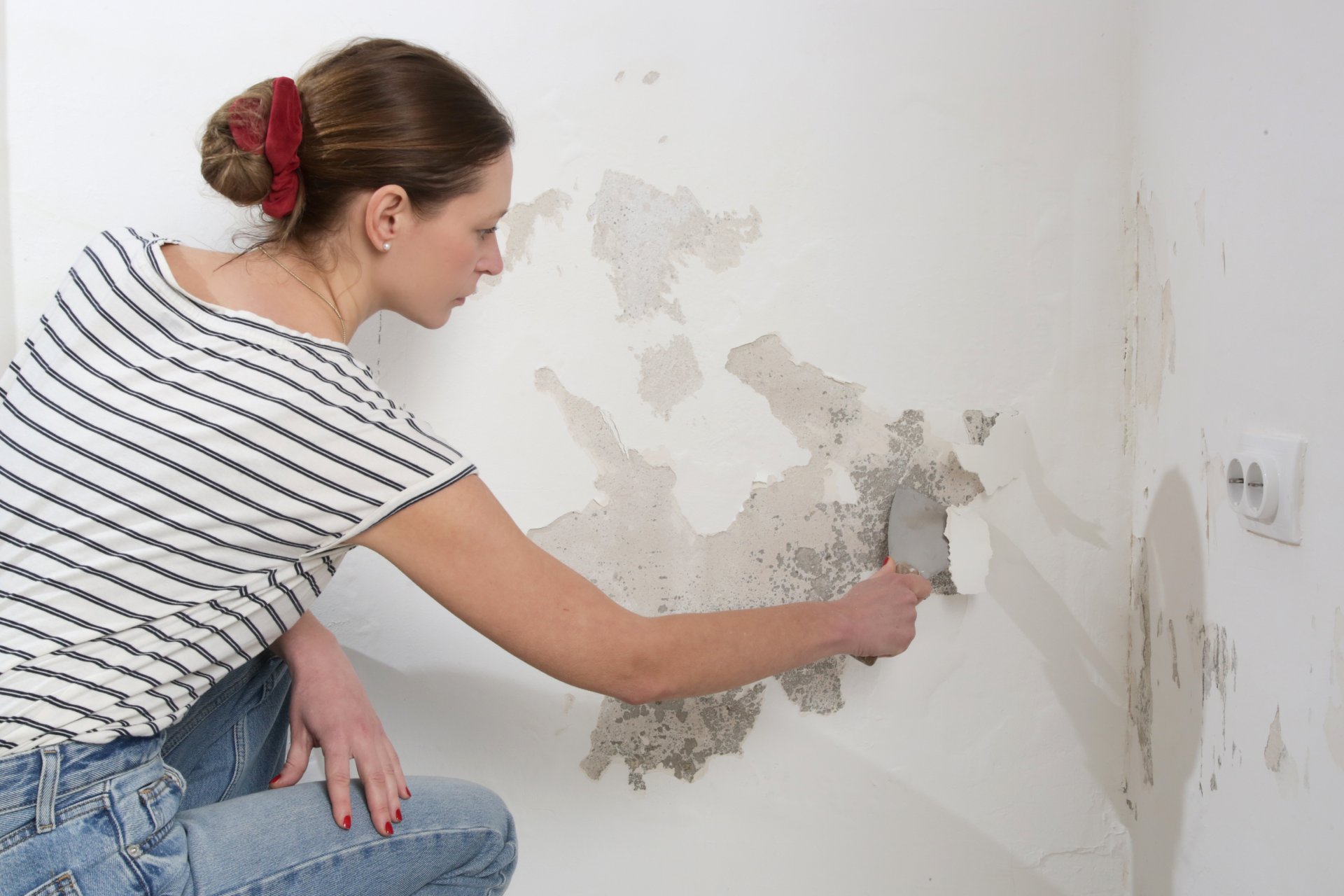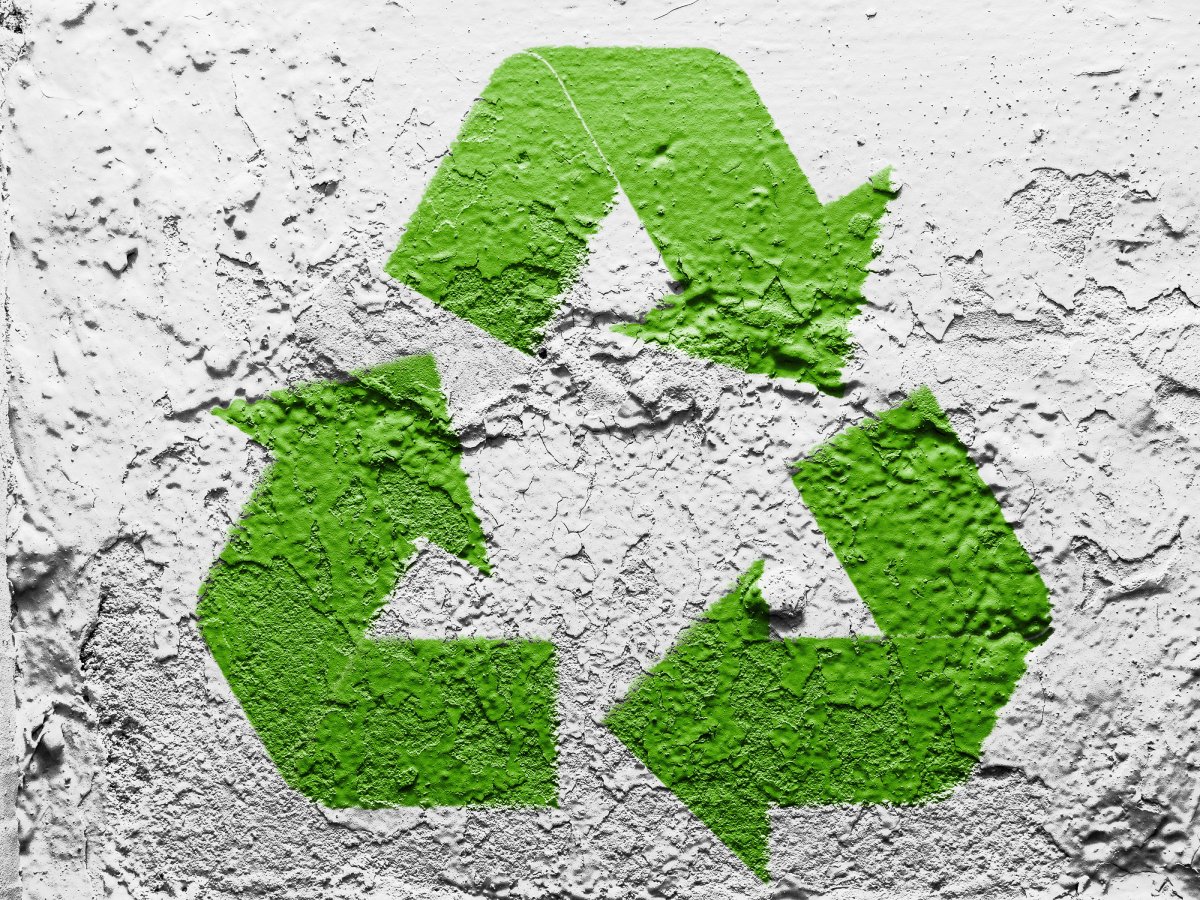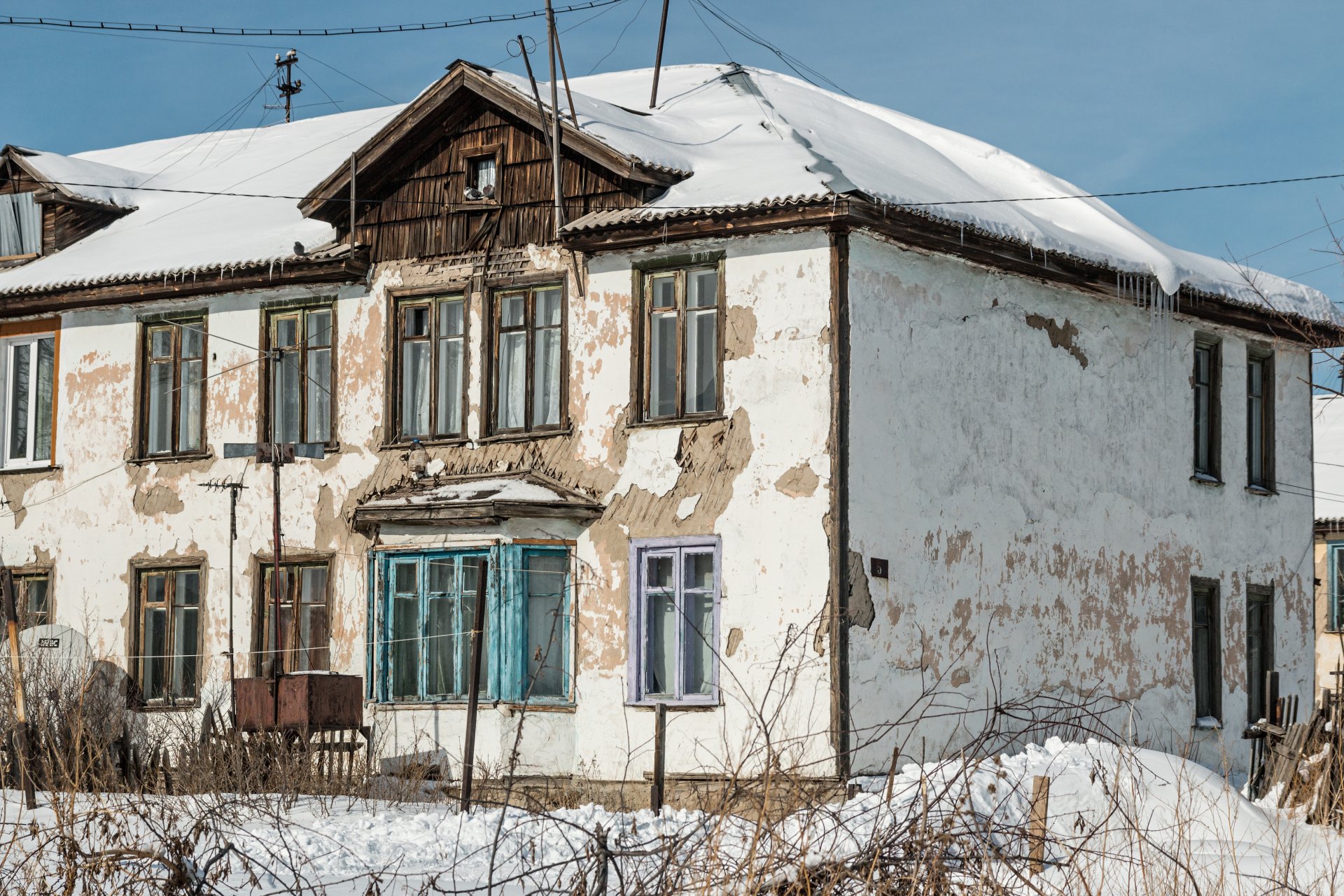A new interior paint job is often required when a company needs to upgrade the interior of its space. Painting is a costly way to change the look and feel of a commercial building without spending a fortune on changing decor.
However, you necessarily need to shop around for the best commercial painting contractor near me. This is one of the ways to achieve your aim if you don’t want to waste your resources and time on a low-quality commercial painting project.
Before calling your commercial painting company, it is essential to have knowledge about how painters estimate interior painting works. This will help you to negotiate better and not get cheated by a painting contractor.
Below is how to draw estimates for interior commercial paint projects to help save money while still end up with a quality finish.
The Average Cost of Interior Commercial Painting
A professional commercial painter may charge between $50 and $100 each hour for painting services. About $500 is charged for a 1000 sq-ft project that costs $75 per hour.
Expect to spend as much as $30 for a bucket of high-quality paint. A gallon of paint can be used to paint 400-square feet of space. Finding the total square footage is one major step when estimating the quantity of paint needed to complete a painting job.
The quantity of paint will surely play a crucial role in how expensive your painting cost will be, including the timeline it will take to paint an area, not forgetting that many coats of paint are required to paint a dark wall using a lighter color.
When you choose professionals, you can notify them of your plan for your interior. Notify them of the parts of the space to be a painter.
For instance, do you want them to paint the wall and ceiling? This particular information should be talked about before they make any purchase of supplies.
About 150 to 200 sq-ft per hour should be covered by an average painting contractor.
Pricing an Interior Commercial Paint Project
It might be tricky to price a paint project because painting contractors need to satisfy the business owners, make sure that they cover all the expenses and making a good profit to run their business smoothly.
There are two important ways of pricing commercial paint projects:
- Measuring and
- Guessing the estimate
We will discuss each method and the factors that are involved in each. Generally, your pricing will usually need to consider the following 4 elements:
- Labor
- Materials
- Overheads
- Profit
1. Measuring Method of Pricing
Measuring is the main method you should consider for pricing commercial painting jobs of medium to large size. You can estimate the quantity of paint needed as well as the cost of labor immediately you measure the size of the space.
This method has been found to be the best for both the company and the customers. Each party is able to satisfy their conscience with entire work.
Below is the five-step process for using measuring to estimate interior commercial painting project.
Step 1: Figure out the size of the space. Multiply the height of the area by the length of the walls. Add the numbers together to determine the overall square footage. Then deduct the overall square footage of doors and windows from this to find out the total square footage of the area to be painted.
Step 2: Find out the quantity of paint required. Generally, a gallon of paint often covers around 400sq-ft of smooth surface and 300sq-ft of a textured wall. Divide the overall square footage by 300 or 400 to determine the overall quantity of gallons of paint needed. If you need two coats of paint, you have to multiply the quantity of paint required.
Step 3: Find out the overall cost for materials. The cost of top-quality paint is often between $35 and $50 per gallon.
While the use of cheap paint will save you money, it will never provide a finish with durability that is comparable with that of top-quality paint.
Use the cost per gallon to multiply the overall gallons of paint to determine the overall paint price. You may also want to include the cost of paint trays, brushes, drop cloths, and rollers in your panting quote to determine the total materials costs.
Step 4: Calculate the cost of labor. Find out how long (in hours) a painter will require for the job to determine the labor costs. Generally, a painter covers about 150 to 200 sqft per hour. You should add preparation tasks like:
- Washing
- Scraping
- Caulking
- Fixing problem areas
- Applying primer
You should be required to consider additional hours for the following:
- The complexity of trim details
- Repairs to walls
- Smoothing textured walls
- Safety tasks
Multiply the number of hours for the paint job by the painter’s hourly rate (which includes direct expenses, primary labor, profit margin, and overheads, and so on) to determine the total costs of labor.
Step 5: Calculating the overall estimate. Add materials and labor costs together to determine the overall estimate for an interior commercial painting job.
2. Guesstimating Pricing Method
Pricing small commercial painting jobs is best done using guesstimation. However, for medium to large painting jobs, always measure them to obtain a more accurate estimate.
How to use Guesstimating
Make use of your experience and knowledge to get the number of days your commercial painting will be completed as well as the required materials.
Below is the 4 step process for estimating interior commercial painting project using guesstimation.
1. Calculate the number of days: You can visit the site of an existing building to evaluate the work to be done. The same can be applied to a new build. Else, checking contract drawings might be the only way.
2. Use your daily painter charge to multiply the result: Three elements constitute the daily painter charge:
- Primary labor costs: Your price per hour.
- Company total and profit margin: Add between 30% and 35% to cover the indirect overheads and profit of your company. (Consider a lower percentage rate if you decide to maintain a competitive price and get the project).
- Project direct overheads: These are different for each project and cover gas, tolls, parking, and so on.
3. Calculate your cost of paint: You can do any of these:
- Add a percentage onto the total number of days multiplied by the daily painter’s rate minus 15% for cheaper painting materials or from 30 to 50% for top-spec materials, OR
- Estimate the quantity of paint you will need and use the purchase cost to multiply it.
4. This will provide you the overall price: As said earlier, guesstimating is ideal for small commercial painting jobs, but not recommended for medium to large size commercial painting projects, complex painting jobs, or projects that lack major specifications.
Know that a bigger project attracts more complexity. Complex projects might also feature non-standard wall heights, or the company may decide to use costly paints.
Guesstimating could be wrong with this kind of project, either you do excess or insufficient.
How to Perform Estimation for Exterior Commercial Painting
Just like interior commercial painting projects, when discussing exterior commercial painting, professional painting contractors are required to calculate the costs related to materials, labor, equipment as well as other items. For better results, estimates should be adaptable and flexible to modifications on the project.
Estimating Costs for Exterior Commercial Painting – A case Study
To determine an accurate cost estimate, you first have to evaluate the scope of the painting job together with the technical implications.
Here are few things to factor in when making estimating of painting a commercial outer space:
The size: To figure out the area to be painted, you need to multiply the height of the area by the length of the walls. Then, add the results to determine the total square footage.
You also need to calculate the areas to not to be painted, like windows and doors, and deduct their total square footage from the overall square footage of exterior walls.
For example, using a building with four outside walls, each wall is 30-ft wide, 20-ft high, and the overall square footage is 2,400 (4 by 30 by 20).
If there are 8 windows on the building, (5-ft wide and 6-ft high per window) and 1 outside door (6.5-ft wide and 8-ft high), the overall square footage you will deduct from the wall footage will be 292 (windows calculated as 8 by 5 by 6=240sq-ft; door calculated as 6.5 by 8=52sq-ft).
Therefore, the overall square footage you will paint is 2,108, the difference between 2400 and 292.
Find the amount of paint needed: Normally, a gallon of paint often covers around 400sq-ft of smooth surface and 300sq-ft of a textured wall.
If the example given earlier is considered, you need around 5.5 gallons of paint to paint 2,108 sq-ft of smooth surface and textured surface painting will require 7.5 gallons of paint.
If two coats are required, the amount of the project mentioned above will be doubled.
Get the total cost for painting materials: Since the cost of quality exterior paint is around $25 and $40 per gallon, you will pay around $140 (5.5 by $25) and $300 (7.5 by $40) just for the paint. You may also want to include costs for paint trays, drop cloths, brushes, and rollers.
Find labor cost: Labor cost calculation requires establishing the number of hours a painter will need to finish the job. Be sure to add wall preparation tasks like caulking, washing, fixing problem areas, scrapping, and applying a primer.
If a painter can prepare 50sq-ft and paint about 150sq-ft per hour, for instance, the project will last for about 57 hours (2,108 divides by 50 = 42.16 hours to get the area ready; 2,108 divides by 150 = 14.05 hours to paint the space).
Then, you will multiply the number of hours by the rate you pay your painters. Using $15 per hour as an example, you will pay $855 as the total labor cost (57 by 15).
To determine a rough estimate for a commercial painting job, you need to include the costs for painting materials and labor.
In our case, the project in total cost us between $995 and $1,155 ($140 plus $855) and ($300 plus $855) respectively.
To get a more accurate panting estimate, you should also add overhead costs (fuel, power-washer, insurance, and so on) and extra costs (drop cloths, rollers, paint trays, brushes, and so on).
When pricing expensive commercial painting projects, you should remember that:
- The work will present more challenges than smaller commercial or house painting jobs, so always maintain a professional and competitive pricing level; biding lower will make them unsure of the quality of your work.
- If there is more work from the company for you, it will be difficult to increase your prices.
- Larger companies or businesses often have more money, unlike houses.
You can also read the average cost to paint commercial space.
Why Should You Hire Professionals?
The major reason why you may consider painting the interior of your space by yourself rather than hiring a professional is due to labor costs. When you hire a painter for your painting job, you will pay for the painting supplies as well as the labor involved.
While this is considered by some as an unnecessary cost, you are, however, paying for expertise, knowledge, as well as the assurance that the job is done properly.
There is no guarantee when you handle the job by yourself, especially if you will paint windows and doors, which need certain tools and expertise.
One other major part of a painting project that is usually overlooked is the preparation work that is involved in a job before starting any painting.
A professional will understand the need to measure each square foot to determine the quantity of paint needed. A professional commercial painting contractor will also know the tools to be used for each area of the workspace.
Finding a Trustworthy Professional Painter in Dallas
Immediately you have looked into the benefits of hiring professional local painters then need to start gathering your options.
Many sites enable customers to review companies and businesses, with pictures as references. You can also check out the painter’s website to see their portfolio of recent work and see if they have a matching experience with your envisioned painting job.
It is best to follow due procedure and not cut corners with any interior commercial painting project, no matter the size.
Dallas Paints has been in the commercial painting business for more than 30 years. Contact us today if you would like to find out more. We also provide free painting estimates.




